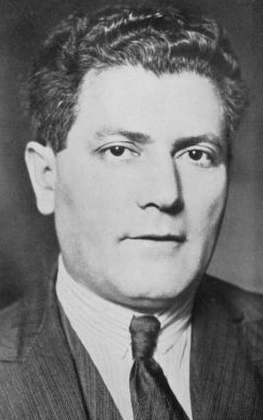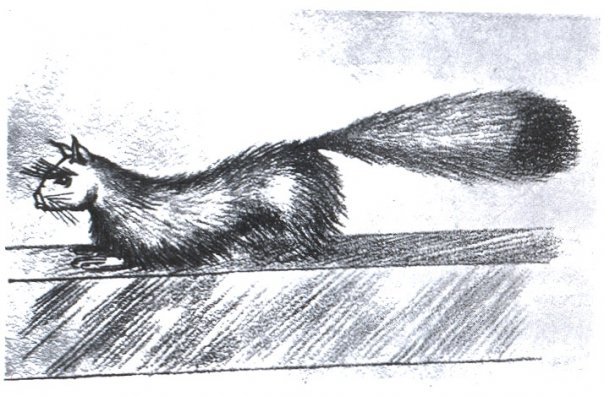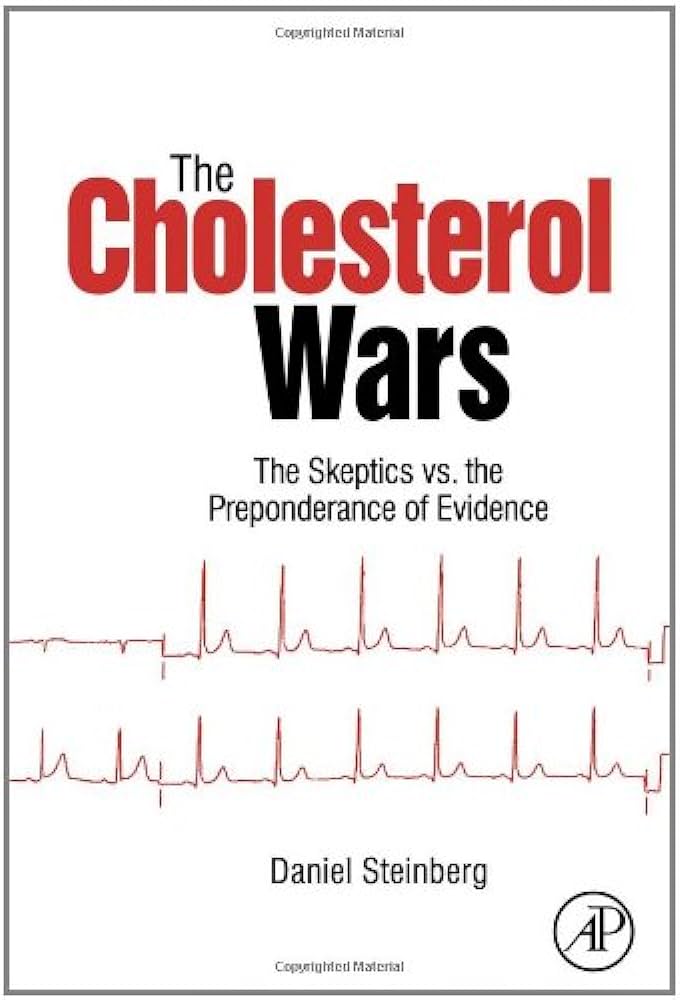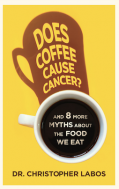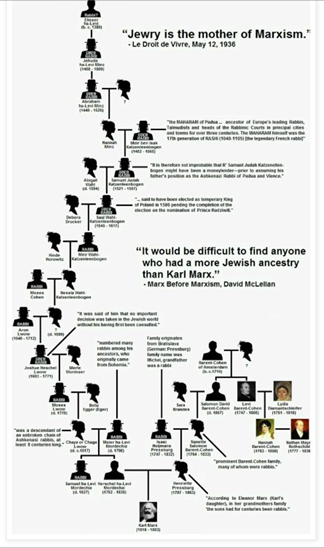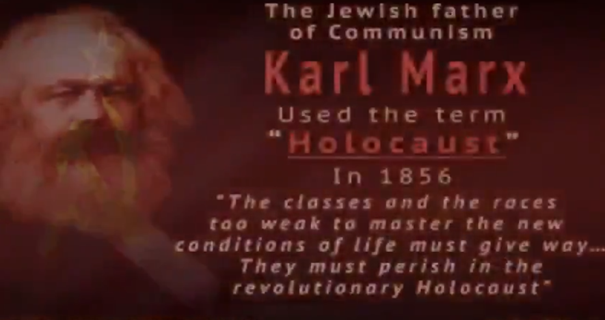UFO enthusiasts on Twitter and Reddit are concerned that a vast conspiracy manipulates Wikipedia articles to make UFO enthusiasts look ridiculous. Across three episodes of The Good Trouble Show, host Matt Ford and independent researcher Rob Heatherly laid out the alleged cabal and supposed evidence.
According to Heatherly, at or near the top are intelligence agencies. One step below is the nonprofit Center for Skeptical Inquiry and its fellows like science writer Mick West and Bill Nye (the science guy). It is unclear why, but the conspiracy imagines the CSI as CIA-funded. Finally, the CSI is accused of running Wikipedia via retired portrait photographer Susan Gerbic; she runs a private Facebook group.
This sounds a bit odd, especially to me, because as I listened to and read about these Wikipedia edits, I realized that I was behind a portion of them. I am not a CIA operative, a CSI employee, Mick West, or a member of Gerbic’s Facebook group. To hopefully give some insight into how Wikipedia works, I’ll use the “Roswell incident” article as a test case. By the end, you’ll have an explanation of how the free encyclopaedia came to say that Roswell was not an alien spaceship, without any assistance from the CIA.
Who writes a Wikipedia article?
Wikipedia bills itself as “the free encyclopedia that anyone can edit.” This invites a steady flow of new contributors, but also a broad range of problematic editors. Wikipedia can handle the nonsense and spam edits because experienced editors use tools that streamline finding and reverting disruption to articles. Editors can add any page to a watchlist and get notified each time the page changes. They can revert the most recent change with the undo button. Many editors have an additional rollback feature to undo consecutive changes. The optional maintenance tool Twinkle combines rollback with standardized warning/welcome messages.
A Wikipedia user with many edits is likely using these tools. Every change to any Wikipedia page, including every revert, is logged as a separate edit. Wikipedia officially has no hierarchical structure, but in his book Common Knowledge? An Ethnography of Wikipedia, Dariusz Jemielniak explains how editors build a reputation on the site, with their edit count often working as a quick way to evaluate another’s status in the project. Outside of Wikipedia, edits and edit counts are misinterpreted. They do not correlate to authorship. Very many edits are maintenance or other small changes. This edit/authorship confusion at least partly explains how the Mick West conspiracy gets so bizarre.
Who is Mick West?
Proponents of this Wikipedia/CIA conspiracy have an unusual method for uncovering the people behind Wikipedia accounts. As researcher Rob Heatherly has explained, many individual Wikipedia edits are fed into ChatGPT. Then tweets from science writer and podcaster Mick West are fed into ChatGPT. Finally, ChatGPT determines which editor is the most Mick West. There is a lot to question in this methodology. Why did the process start with the assumption that at least one editor was secretly Mick West? Why was ChatGPT fed his tweets and not his Wikipedia edits? He has an account on Wikipedia under his real name.
This flawed methodology is complicated by confusion over authorship. Across three multi-hour conversations, Heatherly and Matt Ford analyse the edits of a particular editor they have keyed in on as Mick West’s primary secret account. While Ford and Heatherly discuss content added or removed by this account’s edits, they ignore the summaries at the top of the page with information like “Tag:Undo”, “Tag:Rollback”, and “Tag:Twinkle”. These tags indicate that the editor is using one of those three automated tools to revert changes to existing content, not writing new material.
While Heatherly credits this editor with building Mick West’s page and labelling West as a “science writer”, that label is present in the very first version of the page created by an entirely different editor. Heatherly and Ford make note of how many times this supposed Mick West account has edited the page, but the editor has only added two sentences about an aspect of West’s career unrelated to science, skepticism, or ufology. While AI-based identification of authorship was dubious, it’s based on a misunderstanding of who the authors of Wikipedia articles are in the first place.
The confusion extends to the process aspects of the site, like talk pages. Every article and editor has an associated talk page. Any article on the site will have a link to its talk page, where editors can discuss writing the article. Wikipedia also has broader scope talk pages, like the sitewide noticeboards. These noticeboards are places to bring attention to problematic content. There are boards for many different issues like articles that don’t summarise cited sources (WP:ORN), articles that misrepresent the major views on a topic (WP:NPOVN), and articles that make extraordinary claims referring to dubious sources (WP:FTN). This last noticeboard features heavily in the CIA/Wikipedia cabal conspiracy.
The fringe theories noticeboard is misrepresented by Heatherly and Ford as either hidden or somehow part of an external organization. They cite an innocuous message that Susan Gerbic posted to this noticeboard (“Ohhh are you trying to coax me into another Wikipedia page on UFO’s…”) as evidence of a plot against a pro-UFO journalist. This discussion, preserved in the archives, is actually about an editor recently banned from another language Wikipedia coming to the English-language article for “Westall UFO”, and writing that teenagers and high school teachers saw an alien spaceship, for which the new editor was citing links of video search results. It’s not unusual to post problematic articles to a noticeboard.
It’s also not unusual for the editors making articles problematic to either be blocked from editing those articles or blocked from editing Wikipedia entirely. A March 2023 Cambridge study found that users leaving the platform after failing to distort an article had a uniquely positive effect on the quality of information on Wikipedia compared to other online platforms.
Among a lengthy Reddit thread accusing a secret cabal of manipulating Wikipedia’s coverage of Roswell, a conspiracy theorist posted an interesting series of links to older versions of the page from “before the anti-UFO Taliban rode all over it.” These older versions were the product of compromises between skeptical and pro-extraterrestrial editors. In 2014, Wikipedia editor jps made a noticeboard post after being reverted by UFO proponents at the Roswell article sarcastically asking, “Did you know that if we simply state that what crashed in Roswell, NM was a top-secret balloon, that this is not a ‘neutral’ POV?”
This discussion began moving the article away from a “both sides” presentation to a clearer presentation of the facts, which includes the 1947 retrieval of debris from a top-secret spy balloon. The article would say outright that reports of alien corpses near Roswell did not exist before the 1980 conspiracy book.

How can a 1947 crash begin with a 1980 book?
In 1947, newspapers and radio programs reported the military retrieval of debris near Roswell consisting of “tinfoil, paper, tape, and sticks“. There was no mention of bodies or an intact craft. After about 24 hours, a press conference identified the debris as a weather balloon, and the press rapidly lost interest. Roswell was largely forgotten for decades.
Later, a retired officer came forward to call the weather balloon explanation a cover story, leading to Bill Moore co-writing The Roswell Incident. The book, published in 1980, combined the somewhat mundane 1947 debris retrieval with other unrelated UFO stories and began creating a hyper-narrative that could reach out and touch any aspect of the developing UFO myths.
Notably, Moore explained the strange absence of any Roswell news over 30 years by claiming that Silas Newton’s crashed saucer tale, which took place several hundred miles away and a year later, was also the Roswell incident. Newton had spent years selling oil-detecting machines that he claimed were based on alien technology reverse-engineered from a crashed UFO full of alien corpses, until he was convicted of fraud in 1953 because the devices did not work. Moore included the crashed spaceship full of dead aliens and left out the fraud conviction.
The book sold reasonably well, but not nearly as well as Moore’s previous work on the Bermuda Triangle. According to historian Robert Goldberg, it did attract several very significant readers. Several men came to Moore, presenting themselves as Air Force Intelligence Officers with inside knowledge of a UFO coverup. They offered Moore hard evidence of recovered alien technology if he would keep tabs on members of the UFO community and spread certain mistruths.
In the mid-1980s several UFO researchers received photographs of photocopies of purported top-secret documents. Karl Pflock found that the common thread among the individuals who received these anonymous deliveries was Moore. The documents lacked any kind of provenance, but told an excellent story of a select group of elite scientists, called the Majestic 12, who were allowed to study alien technology in secret.
At a 1989 conference for the Mutual UFO Network, Moore gave a speech to a shocked audience where he confessed to intentionally spreading disinformation, and claimed some responsibility for triggering the paranoid breakdown of UFO investigator Paul Bennewitz. The UFO community disowned Moore, but not the array of bizarre narratives that he had popularised.
Why would the government claim they had a crashed spaceship?
A line of thinking that I have heard before and seen in the Reddit and Twitter discussions is that if no alien craft crashed in Roswell, why would the government announce that they had recovered one? The short answer is that they did not. The initial press release did announce the recovery of a “flying disc”, but this came just weeks after the first flying saucer reports and amidst hundreds of saucer reports from around the country.
In the summer of 1947, flying saucers were an unknown quantity not yet associated with alien life. A close reading of the flying saucer reports found that sincere reports rarely gave alien or futuristic details. In an analysis of this first wave of saucer sightings from the Summer of 1947, Martin Kottmeyer found the reports to include elements from conventional aircraft like glass domes, cockpits, fins, legs, jet pipes, vapor trails, and propellers. Kottmeyer commented,
“Notable by its absence is any indication of extraterrestrial technology: no lasers, heat rays, paralysis rays or gases, mind control rays, power rings, levitation of people or objects, denaturalization, matter interpenetration, space-suited entities, robots, remote eyes, or even simple observation ports.”
On the front page of the July 8, 1947 issue of the Roswell Daily Record, the famous one with the headline “RAAF Captures Flying Saucer On Ranch in Roswell Region”, there is a smaller story that offers valuable context. Further down the page, under “Roswellians Have Differing Opinions on Flying Saucers”, the Daily Record reports that when surveyed about flying disks, “No one interviewed thought they came from sources outside the United States.”
But can’t Wikipedia give both sides of the Roswell debate?
In a way, it does. Wikipedia’s policy is to present a summary of reliable sources. When those reliable sources conflict, Wikipedia’s “Neutral Point of View” policy calls for articles to explain the conflict. Because of its age and significance, there are more reliable sources for Roswell than most UFO articles, including major newspapers, peer-reviewed journals, and university press books. They all say the 1947 debris came from a United States military balloon.
UFO enthusiasts may ask specifically about pro-UFO sources. Roswell is somewhat unique in that there are relatively reliable sources from pro-UFO authors. Karl Pflock conducted a decade-long investigation of every strange Roswell tale circulating in the UFO community and found no evidence at all of alien bodies or flying saucers. The University of Kansas published the work of PhD folklorist and alien abduction expert Thomas Bullard who has been a board member of the Center for UFO Studies. Bullard said it was a top-secret balloon. Beyond these sources is an array of contradictory narratives with varying degrees of connection to reality.
One pro-UFO article suggested on Reddit is a 2013 blog post by prominent Roswell author Kevin Randle. Randle’s criticism of the balloon explanation is almost entirely based on the amount of documentation proving the military launched a Mogul balloon on a specific day. However, the Roswell debris was identified as a Mogul balloon without documentation.
If the debris was not from one Mogul balloon, it could well be from a different balloon. Randle also makes the strange claim that “Mogul wasn’t all that secret… with pictures of it published in the newspapers on July 10, 1947,” while providing pictures of a weather balloon demonstration conducted for the press. Reliable sources agree that the July 10 demonstration was cover for Project Mogul. Finally, the documentation criticism is of a much higher standard than Randle has applied to evidence of an alien crash.
In their 1994 book The Truth About the UFO Crash at Roswell, Kevin Randle and Donald Schmitt rely, in part, on the testimony of supposed eyewitness Frank Kaufman. In what should be a red flag, he claims to have been present for nearly every moment in the Roswell story. In the first chapter, the book straightforwardly provides a bizarre situation as an event from Kaufman’s life. Allegedly, he alone tracked a UFO on radar, reporting directly to a high-ranking general. Kaufman was not allowed to take his eyes off the screen for even a moment.
This already weird plan poses the logistical problem of what Kaufman should do when he must step away from the radar, since he has no other person to cover for him. The solution, which the book presents straight-faced as a pivotal moment in humanity’s history, is that Kaufman positions a series of mirrors pointing from the screen, around corners, and through the open door of the latrine. As you may suspect, there is no documentation that Frank Kaufman watched a UFO radar through his own personal funhouse while defecating.
Why volunteer at anything?
One of the pieces of evidence offered for the CIA/Wikipedia conspiracy is the supposed lack of a motive for people to build an encyclopaedia for no pay. I have written Wikipedia articles entirely as a volunteer.
Nobody has paid me to write this response piece. The answer to “why” is present in Rob Heatherly’s explanations for why he researches fringe theories. It is meaningful to the people who do the work.
Sources
Who writes a Wikipedia article?
- Jemielniak, D. (2014). Common Knowledge? An Ethnography of Wikipedia. Stanford University Press.
Who is Mick West?
- Watson, R. (15 November 2023). “Study: Why Wikipedia is the Last Good Website“.
How can a 1947 crash begin with Bill Moore’s 1980 book?
- Goldberg, R. (2001). “Chapter 6: The Roswell Incident”. Enemies Within: The Culture of Conspiracy in Modern America. Yale University Press.
- Moore, W. and Berlitz, C. (1980). The Roswell Incident. Grosset and Dunlap.
- Jacobson, M. (2018). Pale Horse Rider: William Cooper, the Rise of Conspiracy, and the Fall of Trust in America. Blue Rider Press.
Why would the government claim they had a crashed spaceship?
- Kottmeyer, M. (2017). “Why Have UFOs Changed Speed Over the Years?”. Why Statues Weep: The Best of the “Skeptic”. Routledge.
- Bartholomew, R. (Summer, 2000). “From Airships to Flying Saucers: Oregon’s Place in the Evolution of UFO Lore”. Oregon Historical Quarterly. Vol. 101, no. 2, pp. 192-213.
But can’t Wikipedia give both sides of the Roswell debate?
- Bullard, T. (2016). The Myth and Mystery of UFOs. University Press of Kansas.
- Pflock, K. (2001). Roswell: Inconvenient Facts and the Will to Believe. Prometheus Books.
- Randle, K. and Schitt, D. (1994). The Truth About the UFO Crash at Roswell.



